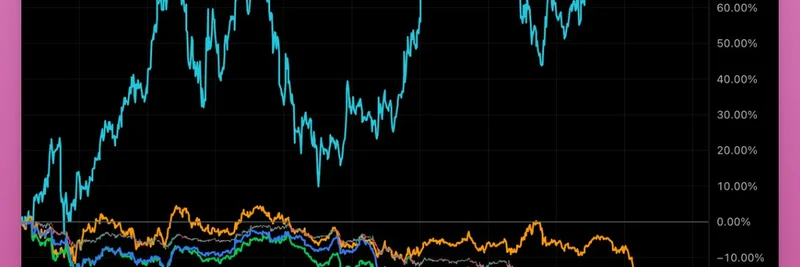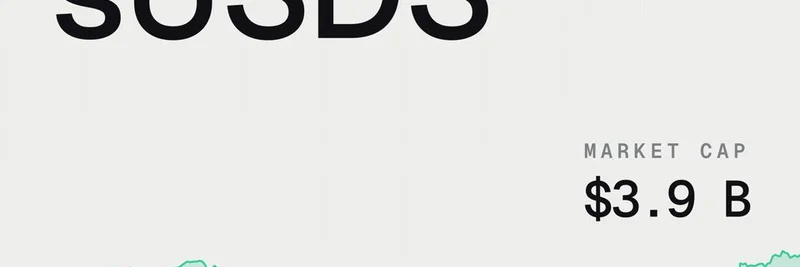In the fast-paced world of cryptocurrency, market movements can often feel predictable—Bitcoin dips, and altcoins (alternative cryptocurrencies like Ethereum or Solana) usually follow with even steeper declines. But recently, something different is unfolding. DeFi enthusiast and analyst Ignas, known on X as @DefiIgnas, highlighted this anomaly in a tweet that's sparking discussions across the crypto community.
Ignas points out that while Bitcoin (BTC) has dropped around 2%, altcoins aren't plummeting 3 to 5 times harder as they typically do. Instead, they're holding their ground relatively well, with BTC and alts declining at similar rates. This shift raises questions about what's driving the market right now.
Looking at the chart shared in the tweet, we see Zcash (ZEC) standing out with a massive +69.45% gain, even as BTC, ETH, SOL, and others like HYPE show negative returns. ZEC's resilience is particularly notable given its 20x surge in recent months and the overall market pressure.
균형 잡힌 하락 뒤에 숨은 가능한 원인들
One theory Ignas floats is the idea of "forced sellers" in the Bitcoin space. These could be large holders (whales) offloading BTC due to external pressures, rather than a broad market panic. He speculates that fears around quantum computing—often referred to as "quantum FUD" (fear, uncertainty, and doubt)—might be playing a role. Quantum computers, in theory, could one day crack the encryption securing Bitcoin wallets, prompting some to sell preemptively. For more on quantum threats to crypto, check out this explainer from CoinDesk.
Interestingly, ZEC's strength suggests that whatever entity is selling doesn't hold much of it. Zcash is a privacy-focused coin, using advanced cryptography like zk-SNARKs to shield transactions. Its recent pump might be tied to growing interest in privacy tokens amid regulatory scrutiny, making it less affected by BTC-specific sells.
시장 조성자와 포트폴리오 리밸런싱
Another angle is the role of market makers—entities that provide liquidity on exchanges. When BTC drops, they often adjust altcoin prices accordingly to maintain balance. Plus, investors rebalancing their portfolios (selling alts to buy more BTC or vice versa) can amplify movements. But this time, the sync feels off, hinting at a maturing market where alts have built more independent resilience.
Replies to Ignas's tweet echo this sentiment. Users like @0xDemianUA note the growing strength in alt communities, while @LZomp sees it as a potential opportunity for alts to shine after BTC's strong year.
밈 토큰과 DeFi에 대한 시사점
At Meme Insider, we keep a close eye on how these macro trends impact meme tokens—the fun, community-driven coins that often ride altcoin waves. If alts continue to decouple from BTC's dominance, it could open doors for meme projects to thrive independently. Think of tokens inspired by viral trends or cultural moments; their volatility might lessen if broader alt resilience holds.
For blockchain practitioners, this serves as a reminder to diversify and stay informed. Tools like TradingView (as shown in the chart) are great for tracking these shifts in real-time.
As the market evolves, watching for signs of true altcoin independence could signal the next big phase in crypto. What do you think—is this a temporary blip or a new normal? Keep following Meme Insider for more insights on meme tokens and DeFi developments.




